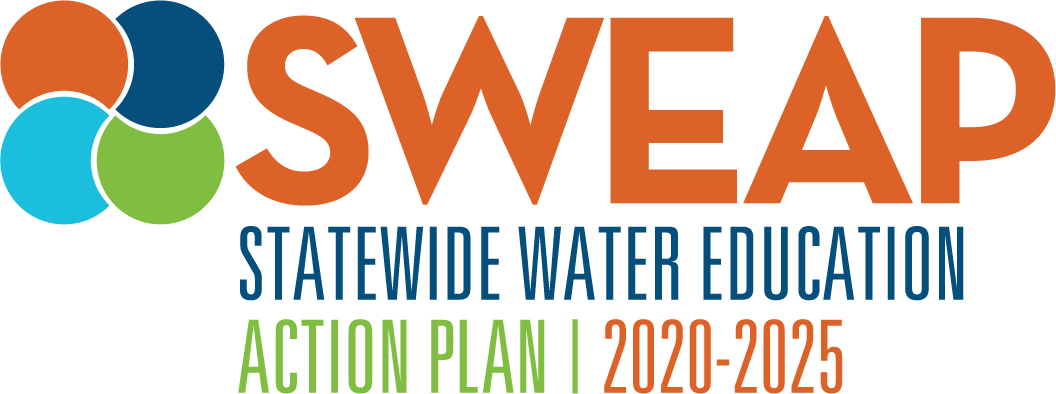SWEAP STRATEGIES
SWEAP strategies are the few best methods, practices, or innovative ideas identified to achieve outcomes. Actions are the tasks to carry out those strategies.
SWEAP provides the strategic framework as a starting place, recognizing that individual water educators and educational organizations will continue to customize actions to reach specific audiences and meet the unique needs of their communities. The Example Local Actions are listed under each strategy and provide examples of actions that can be used to plan activities that align with the SWEAP strategic framework.
SWEAP provides the strategic framework as a starting place, recognizing that individual water educators and educational organizations will continue to customize actions to reach specific audiences and meet the unique needs of their communities. The Example Local Actions are listed under each strategy and provide examples of actions that can be used to plan activities that align with the SWEAP strategic framework.
For more detailed information and example actions, click below to navigate to strategy sub-pages:

